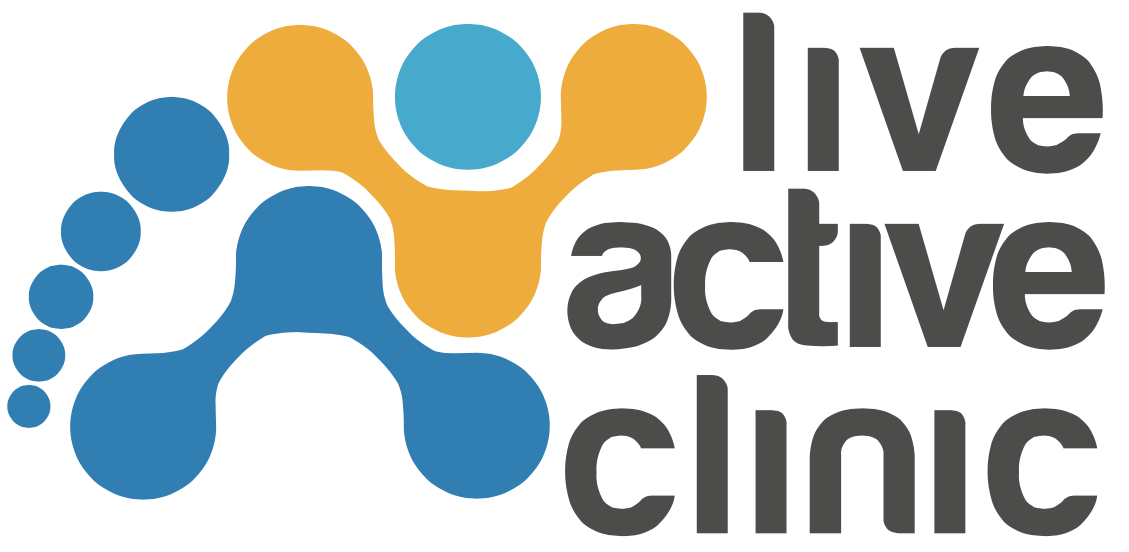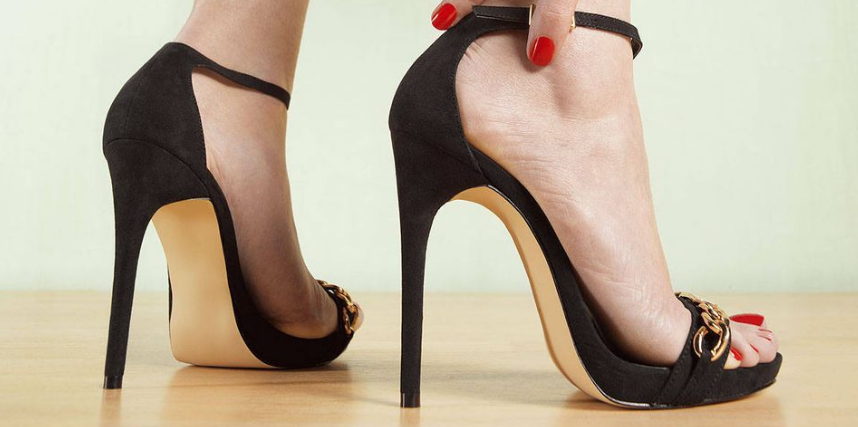How to avoid foot pain from high heels
Any woman who has ever worn high heels for an extended period of time can testify to the suffering experienced by your feet. People often sacrifice comfort for fashion when it comes to footwear, but at what cost? Studies show that large heels are not only bad for your toes, but can also take their toll on your spine, hips, knees, ankles and overall posture.
Anytime you wear shoes that are tight or change the natural shape of your foot, you’re bound to experience foot pain. Adding height into the equation means that pain can easily escalate to damage. When wearing heels, your body attempts to compensate for the off-kilter balance by bending forward and tensing muscles in the calf, hip and back. This causes muscles fatigue and strain, and puts excess pressure on the knee and balls of the feet. The higher the heel, the more weight that’s put on the feet and the more your toes are crushed.
Regardless of their negative impact, many women refuse to give up their heels with 42% of women surveyed by the American Podiatric Medical Association admitting they would still wear a shoe they liked even if it gave them pain and discomfort. Fortunately for those who can’t kiss their Louboutins goodbye, Live Active has some tips to help you minimize pain and avoid lasting damage to your feet.
- Make sure you’re wearing the right shoe size
This is the number one mistake women make when buying new shoes. Your foot size can change over the years, especially after having children, so it’s important to get your feet measured in store for width and length as well. Heels that cause your feet to slide to the front are not the right size, the ideal size will be snug but not tight around your feet.
- Know your foot type
Some people have flat feet, or feet with high-arches, and knowing this information can affect the type of shoes you buy. Make an appointment with Live Active’s podiatrist to find out what type of foot you have.
- Take breaks from heels
Take your shoes off for periods during the day and stretch your ankles and toes.
- Stretch
It is important to stretch leg muscles before and after putting heels on to enable your muscles to work more effectively and recover faster.
- Cushion your feet
If you suffer from pain in the ball of your feet or will be standing in heels for a long time, invest in a silicone metatarsal pad as they provide excellent shock absorption.
- The thicker the better
Thicker heels provide more stability, giving you better balance and distributing the weight on your foot more evenly.
- Wear open-toe shoes
Whilst the presence of corns and calluses ideally requires an immediate trip to the podiatrist, if you still must wear heels before having them removed, opt for open-toe shoes that help to relieve pressure on inflamed areas.
Let us help! 02 8073 3337



